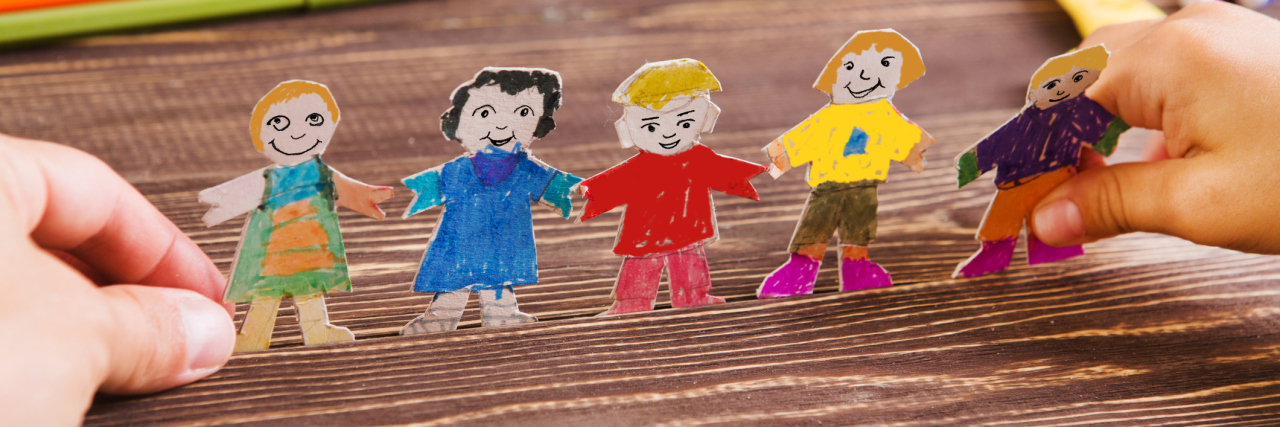When you’re a parent, family member, or friend of someone with a disability, it’s impossible to not hear about inclusion. Even if you don’t know anyone with a disability, odds are you may have heard about the daily struggle those with disabilities face to just be seen as equal members of society. We talk about inclusion in school, church, and communities, but what does inclusion really look like? What exactly are we fighting for, and have the apparent strides we’ve made actually, effectively made those with disabilities more included?
I’ll never forget the first time someone presented me with the notion that creating organizations, clubs, and classes specifically for those with disabilities isn’t truly inclusive. It took me a minute to process what I was being told. How could creating places specifically designed for those with disabilities to learn life skills, learn about God, and hang out with each other not be inclusive? I, along with the majority of well meaning individuals, assumed that creating the same types of experiences specifically for those with disabilities was the epitome of inclusion. Who wouldn’t want there to be a “Young Life” for those with disabilities? Who wouldn’t want a specific, disability classroom designed to meet their specific needs? It seems almost prejudice to not offer the same opportunities to those with disabilities.
Is this really the best way, though?
Is segregation truly inclusive?
Why can’t those with disabilities be in the classes, organizations, and clubs with their typical peers?
When confronted with those questions, it almost seems silly to even think we have reached any level of inclusion; at least, to me it does. The best way for those with disabilities to learn life skills, is to be taught them by members of their community. The best way for those with disabilities to learn about God, is to be with others who are learning about Him. The best way for those with disabilities to learn reading, writing, and arithmetic is to learn those things right along with their typical peers. Sure, there may need to be extra help such as aides or student buddies, but having those with disabilities learning, interacting and participating with their typical peers is beneficial for everyone.
What does it say to typical children when we segregate those who are different than them?
It surely does not teach them to be inclusive later on in life. Those who are parents, friends, siblings, teachers, pastors, and relatives of those with disabilities need to speak up for our friends and family members. We also need to teach our children with disabilities to advocate for themselves. We need to be the example. We need to fight for true inclusivity, not segregation through mere equal opportunities. We need to believe our children, friends, and family belong in the same classrooms, the same organizations, and the same Sunday school rooms as their typical peers, then we need to help everyone else believe the same.
Communities need to be encouraged to be involved in the lives of those with disabilities. They need to see that a disability doesn’t make someone less than. People with disabilities are still just people, as are their parents and family. We all need the same basic things everyone else needs, and one of those basic needs is to be included and wanted. Only when those with disabilities are allowed in the same classrooms, Sunday school rooms, organizations, clubs, extra-curricular activities, sports, and the like, will this country truly be inclusive.
Getty image by Ulza

